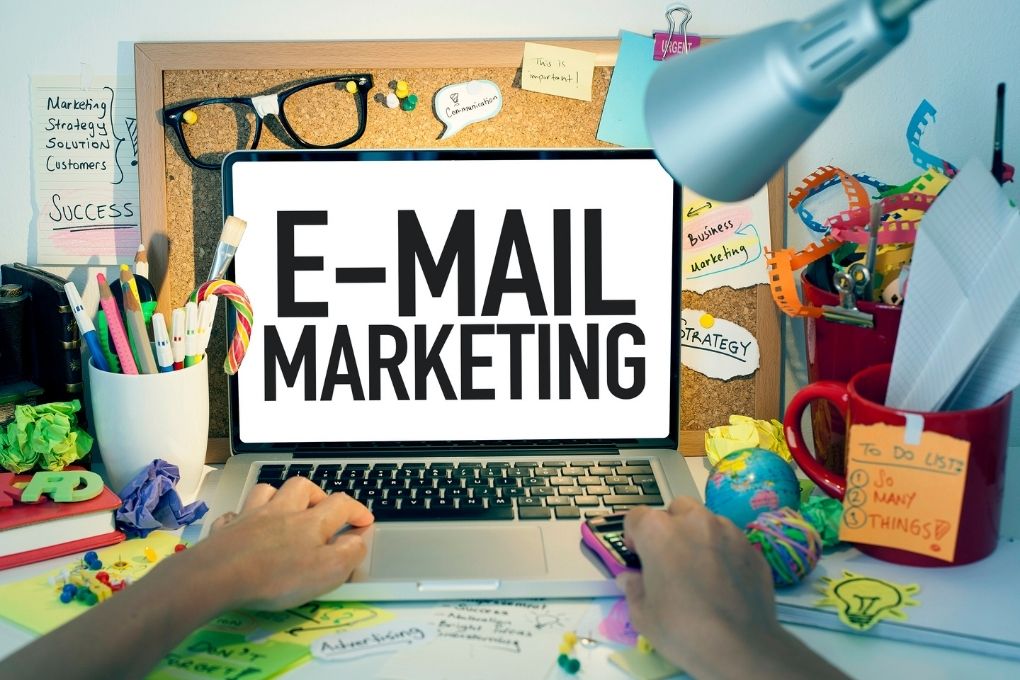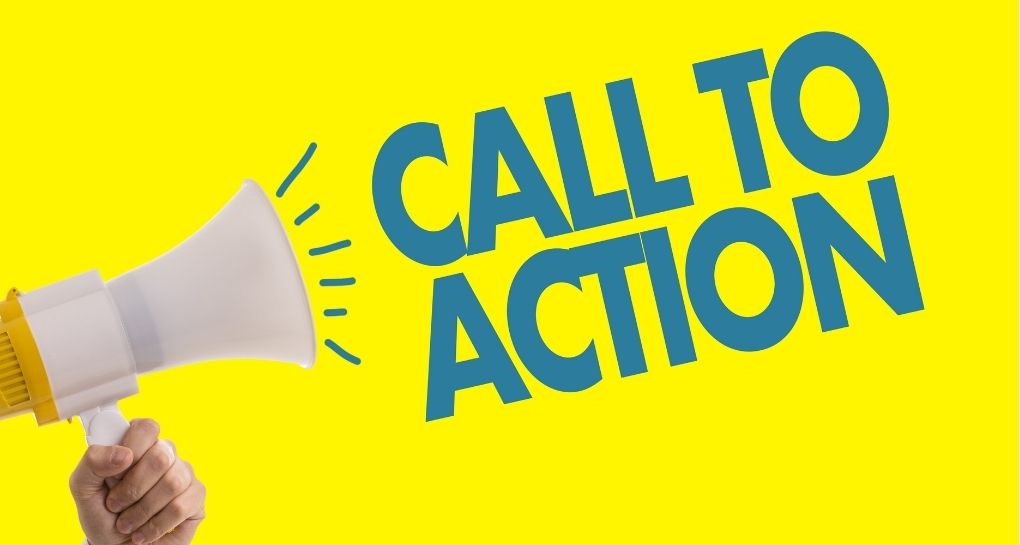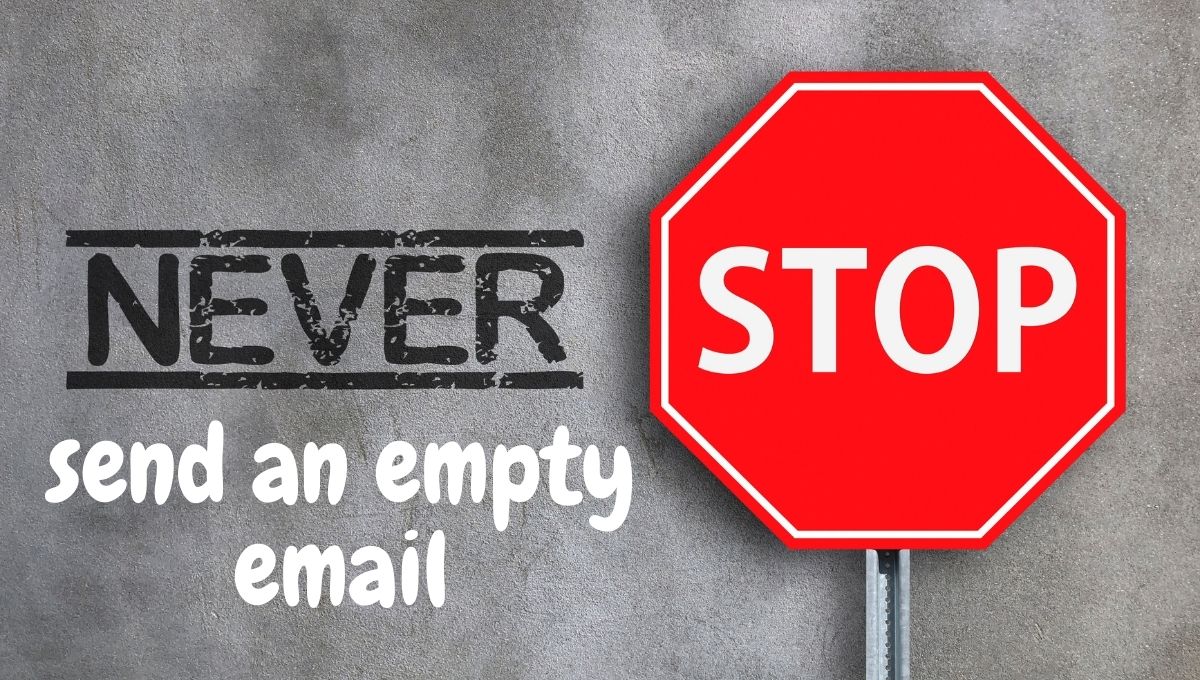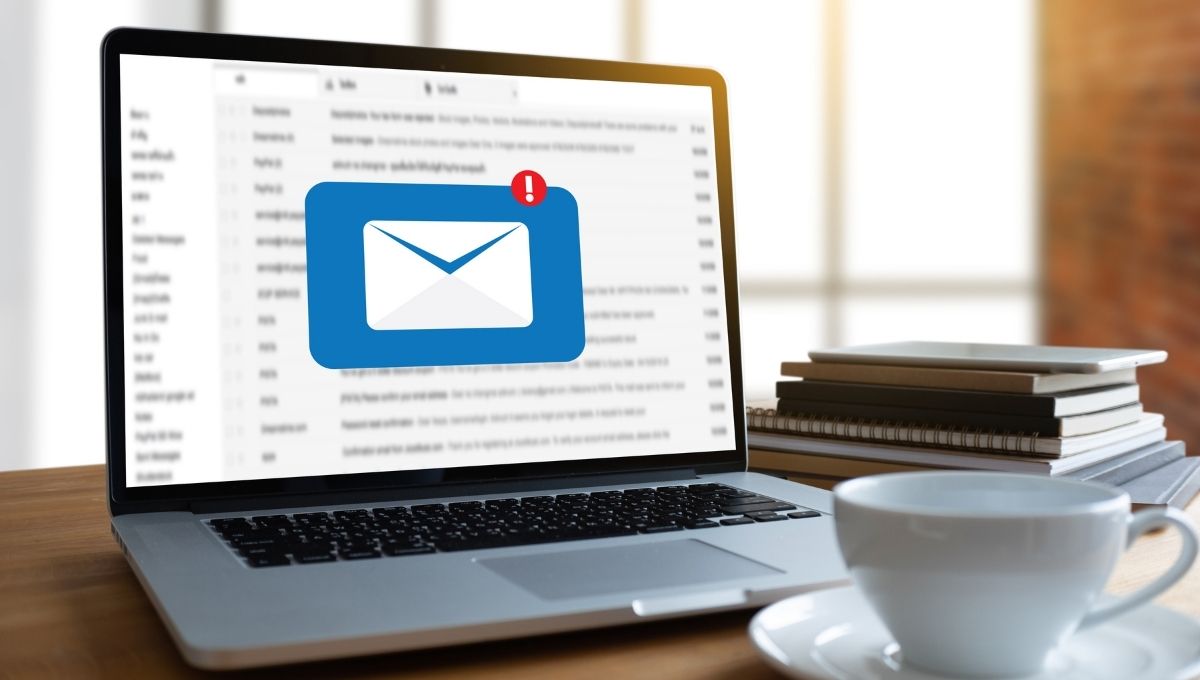
September 22, 2021, 0 Comments
22 Email Marketing Tips That Actually Work
Email marketing is a powerful tool. It can significantly increase your revenue and customer base, as well as keep customers coming back for more.
No matter what industry you’re in, using email marketing effectively will benefit your business. In this article, we’ll go over how to market your business with emails the right way, from start to finish.
1. Be customer-centric
While I’m sure you probably know that email marketing should be about your customers, it’s easy to get caught up in the features and functions of your product or service instead of the benefits. When you’re writing emails, ask yourself how each aspect is relevant to what your customer wants or needs.
Be clear and concise (no industry jargon), personalize as much as possible (without sounding like an obvious robot), provide social proof where possible, and ask for feedback. Even if it doesn’t directly relate to what you sell!
2. Don’t make them hunt down your call-to-action button
Having a unique CTA button might look nice on your website’s design, but does it really do anything for your marketing efforts? Probably not. When designing an email, be sure that you have a clear CTA button so it’s easy for your customers to see where they are supposed to click.

This doesn’t mean you need to have a giant order now button with flashing lights on each of your emails – just make the call-to-action obvious by keeping it large and in plain sight.
3. Use autoresponders to ease into your email campaign
As you’re developing your first few emails, don’t go all out with an over-the-top marketing campaign. Start off simple and focus on “sticky” content that will keep people coming back to learn more about how or why something works.
4. Don’t focus on the sale
Unless you’re offering a one-time deal, monthly special, or free trial, don’t just try to sell your products and services every time you send an email. Every two or three emails should have a small call-to-action in it that makes it clear where people can go to learn more about your products/services…but don’t make this the main focus of each message. Your subscribers signed up for updates from your business because they want information not purchase requests.
5. Personalize with dynamic content
Customers love email marketing when it’s clearly personalized, but they hate getting irrelevant messages that are obviously sent out to everyone. When you’re creating dynamic content in your autoresponder, make sure it’s relevant to the subscriber.
6. Ask questions and use a conversational tone
As mentioned earlier, always keep your customer in mind when writing emails. If you’re asking them for feedback or opinions about products they need/want, ask open-ended questions that encourage a response – do not just ask yes or no questions! Your subscribers want to know that their responses are actually being read and considered by businesses they support.
Another great tactic is to use “you” instead of “we” in your emails. This helps create a personal connection with customers that can really pay off down the road as this connection grows. If an email sounds like it was written by who cares, readers are more likely to ignore it.
7. Readability is key
The last thing you want is for your audience to have a difficult time reading your emails, so keep it simple! Break up your text with bullet points so things are easy to skim over, use shorter paragraphs, and always double-check the general spelling/grammar of each message before sending it out. If you’re using images or graphics in your email content, be sure they are high quality and don’t interfere with your overall message – sometimes less is more!
8. Never send an empty email
Even though we just went over simplicity earlier in this list, that doesn’t mean that all emails should be extremely brief or uninteresting. Customers actually appreciate receiving informative tips and updates from businesses they like, so don’t be afraid to give useful information to your email subscribers – just be sure it is practical and not overly promotional.

9. Don’t overdo the links
The links in your emails should mostly direct people back to your website or blog where you can provide more detailed information on a subject – don’t just include links to pages that simply mention one or two benefits of something and then redirect readers straight back into another web page with no real substance!
10. Let them know when things change
Finally, let people know if there are any changes (positive or negative) in your business’s focus, products/services, policies, etc. Keeping customers in the loop is important and will help remind them why they continue to follow your business/company.
11. Include CTAs in all emails
All of your emails should have an obvious CTA at the bottom that directs people to subscribe to even more information or take some kind of action immediately following reading your message – no matter how small. This is where you can advertise special offers, discounts, limited-time deals, contests, etc. so if you don’t tell subscribers about these opportunities when they read your email when else are you going to do it?
12. Make sure everything works!
Don’t let any words get between readers and their subscription button! If someone has trouble with signup links in your messages for any reason (typos or incorrect web addresses), make sure to include an easy to find “subscribe” button at the top of your website/blog so they can easily subscribe there instead.
13. Include links to other great content
As you’re looking for more comprehensive information on how to craft effective emails, make sure you also check out some fantastic blog posts that are related to email marketing! Online tools like HubSpot are a great place to start searching, but don’t limit yourself – look through search engines and social media marketing site, too!
14. Allow plenty of time for design
While it’s true that anyone can create their own graphics or use free templates on their autoresponder service platform, sometimes these methods just fall short… Don be afraid to hire a professional designer to help you out! The extra time and cost involved in designing a more attractive email template will be completely worth it – your readers will appreciate the effort, too. 15. Always A/B testing.
Even if you’re very confident in the design of an email you’ve created yourself or paid someone else to handle, always use an autoresponder service’s built-in tracking tools to A/B test your messages before sending them out en masse! These tests can even tell you which subject lines are most effective so you can further optimize future emails for maximum impact.
16. Include images when possible

Similarly to what we discussed earlier in terms of keeping things simple, another way of achieving this is by not overloading your subscribers with a bunch of text. Images are a great way to convey your message without writing long paragraphs that take people away from other content on your site/blog – plus, no one likes feeling like they’re drowning in work as soon as they start reading something!
17. Do not sell during the first email
Your email should always be informative and helpful first and foremost; it’s fine to include promotional material within your emails (which we’ll discuss at length shortly), but selling too hard or too early can make readers feel like you haven’t given them much reason to trust you yet… which means they probably won’t subscribe again.
18. Always keep track of analytics
Keeping track of statistics is another crucial component of modern-day marketing – if you aren’t able to measure your engagement, then you won’t be able to see what’s working and what isn’t. Track as many metrics as you can! Without this data, all of your efforts will be for nothing.
19. Engage with readers on social media
If the majority of your customers are active on Facebook or Twitter, make sure they know that you’re there by actively engaging with them – retweet links from others, answer questions/comments honestly and transparently, etc… Don’t make a competitor’s job easier by providing people with a reason not to follow you!
20. Include a giveaway in every email

To engage people further, consider including a freebie or giveaway that they have the option of applying for in every email you send out. You can even make your contests/giveaways relevant to the topic of the email you’re sending out – for example, if it’s an article about “luxury hotels,” offer a free stay in one of these 5-star resorts as a prize!
21. Write like you talk (but better)
At the end of the day, remember that readers are people just like you and me; they’re not faceless robots who only care about quality content. When writing emails, try to be conversational; it will help them relate to what you have to say much more easily than if they feel like lots of important information is missing – plus lots of formalities always translate so well across all languages!
22. A/B test subject lines too!
Finally, no matter how perfect you think your email is, always test out different headlines to see which one resonates more with your intended audience. The only way to find this information is through testing! While it might be tough at first to receive negative feedback about some of your subject lines. Remember that it’s all for the greater good in the end – thanks to this valuable data. You’ll be able to improve your emails and make them better suited for each individual reader.

Recent Comments